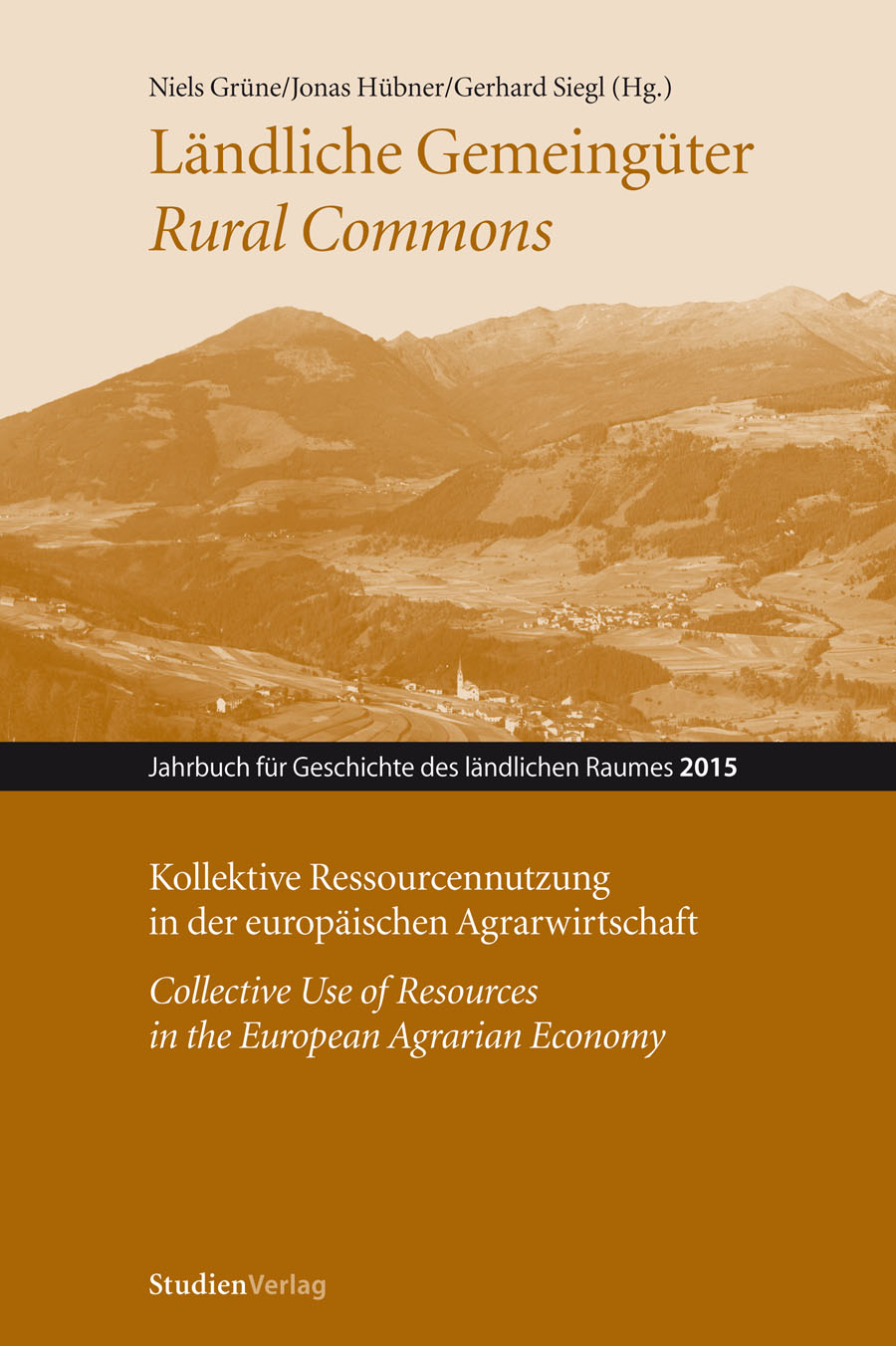Commons and poor relief in pre-industrial societies
A case study on northwest Spain (León), 1850–1950
DOI:
https://doi.org/10.25365/rhy-2015-9Abstract
In the mid-nineteenth century province of León in northwest Spain, traditional agrarian organisation depended on the use of commons. As in other places in Spain and Europe, these common lands were subject to complex exploitation and regulated by a detailed set of common-law rules. The agrarian societies of the province of León were relatively egalitarian and strongly united. One of the reasons for this was that communal institutions guaranteed
stability both with regard to exploitation of resources and to income distribution among the different social sectors, which continued until more or less the middle of the twentieth century. The aim of this article is to examine the role played by common land in relation to the poorer members of the community, as there are many authors who, in one way or another, claim that the commons were essential for the formers’ survival. The province of León has
been chosen as a geographical frame in order to study peasant solidarities in this rural area between 1850 and 1950. The analysis focuses on three aspects. The first is related to the use of common property and to the question of whether the poor were the main beneficiaries of common land exploitation. Secondly, we consider whether peasants’ rights and free exploitation were synonymous with egalitarian access. Finally, we examine the moral dimension of
common law and those practices and obligations of ‘solidarity’, which had been institutionalised to ‘help’ the needy.


